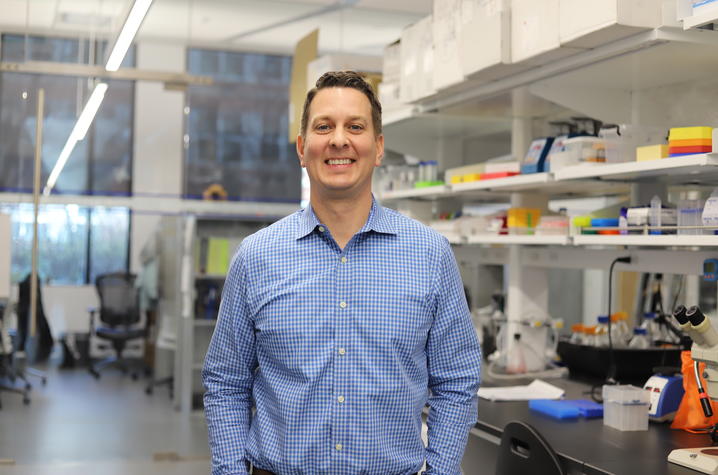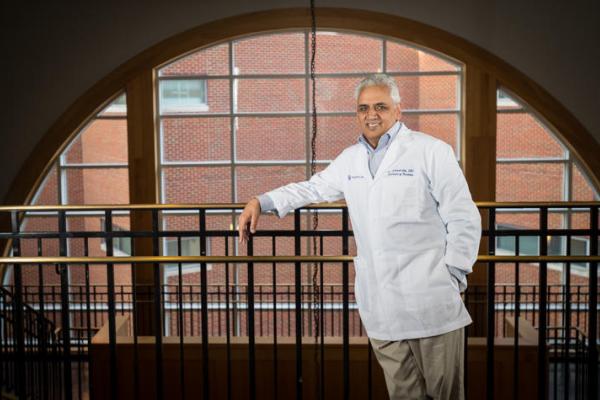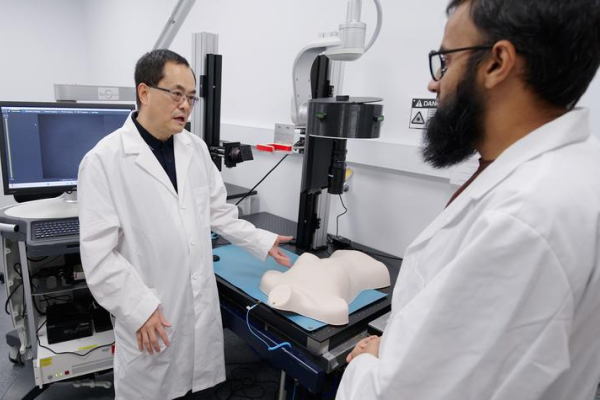UK researchers use gene ‘switch’ to reverse Alzheimer’s risk

University of Kentucky researchers have developed a new experimental model that could point the way toward more effective Alzheimer’s disease treatments by targeting one of the brain’s most important genes for risk and resilience.
The study, published in Nature Neuroscience, focuses on apolipoprotein E (APOE), a gene long known to play a major role in Alzheimer’s disease. The team created a first-of-its-kind mouse model that allows scientists to “flip a switch,” changing the high-risk version of the gene (APOE4) to the protective form (APOE2) in adult animals.
People who inherit APOE4 have up to a 15 times greater risk of developing Alzheimer’s, while those with APOE2 tend to have lower risk and better cognitive outcomes. In the new study, when researchers activated the gene switch in brain cells called astrocytes, the mice showed striking benefits: fewer Alzheimer’s-related brain changes such as amyloid plaque buildup and inflammation, and stronger performance on memory tests.
“This model allows us to test what happens when we go from risk to resilience. Remarkably, even switching the gene later in life improved multiple aspects of Alzheimer’s pathology at once,” said Lesley Golden, lead author. Golden trained with co-author Lance Johnson in the UK College of Medicine Department of Physiology through support from the UK Sanders-Brown Center on Aging.
The findings demonstrate how precise gene editing of APOE could potentially recalibrate many biological pathways involved in the disease. The results also suggest that astrocytes — star-shaped support cells that help maintain brain health — play a central role in how APOE influences Alzheimer’s risk.
Although the work was done in mice, researchers say it provides a critical foundation for future human studies exploring gene-based strategies to prevent or slow Alzheimer’s.
“By understanding and manipulating APOE, we may one day be able to transform the biology of Alzheimer’s rather than just treating its symptoms,” Johnson said.
This study reflects contributions from a 22-person team representing the Sanders-Brown Center on Aging; UK College of Medicine’s Departments of Physiology, Molecular and Cellular Biochemistry, Pharmacology and Toxicology, and Neuroscience; Saha Cardiovascular Research Center; University of North Carolina at Chapel Hill and TransViragen Inc.
Research reported in this publication was supported by the National Institute on Aging of the National Institutes of Health under Award Numbers R01AG062550, R01AG081421, R01AG080589, and R01AG070830, the National Institute of Diabetes and Digestive and Kidney Diseases of the National Institutes of Health under Award Number R01DK133184, National Institute of Neurological Disorders and Stroke of the National Institutes of Health under Award Number RF1NS118558, the National Institute of General Medical Sciences of the National Institutes of Health under Award Number P20GM148326. The content is solely the responsibility of the authors and does not necessarily represent the official views of the National Institutes of Health.


